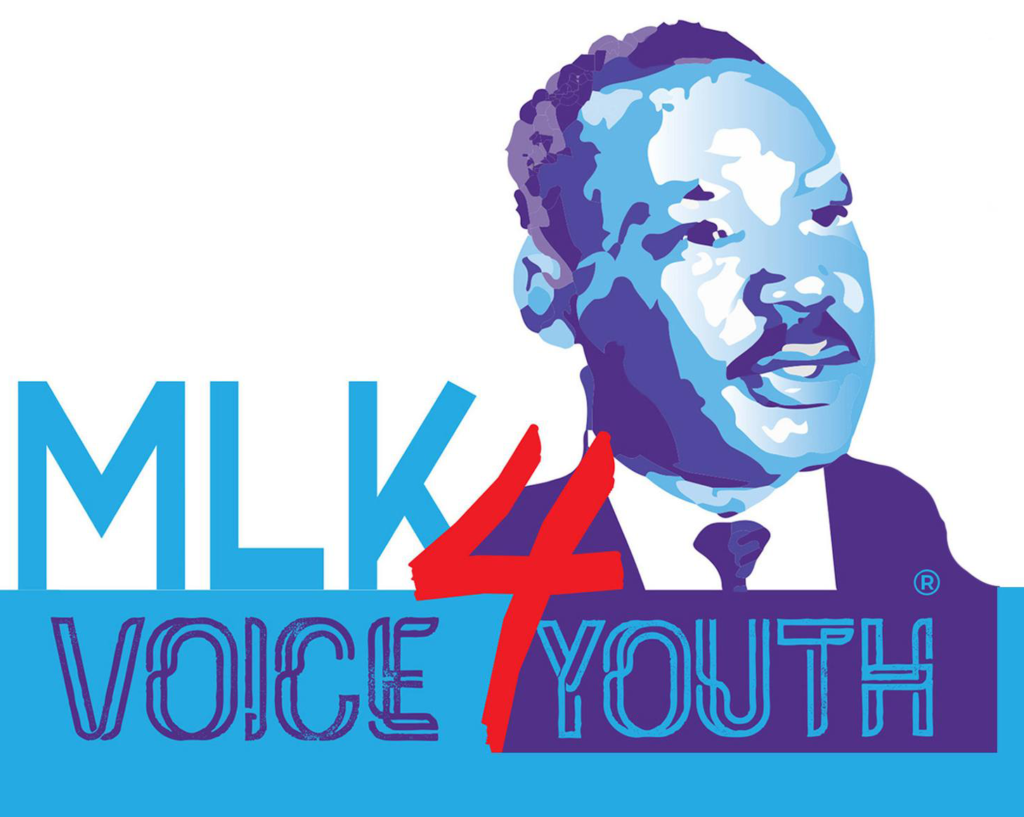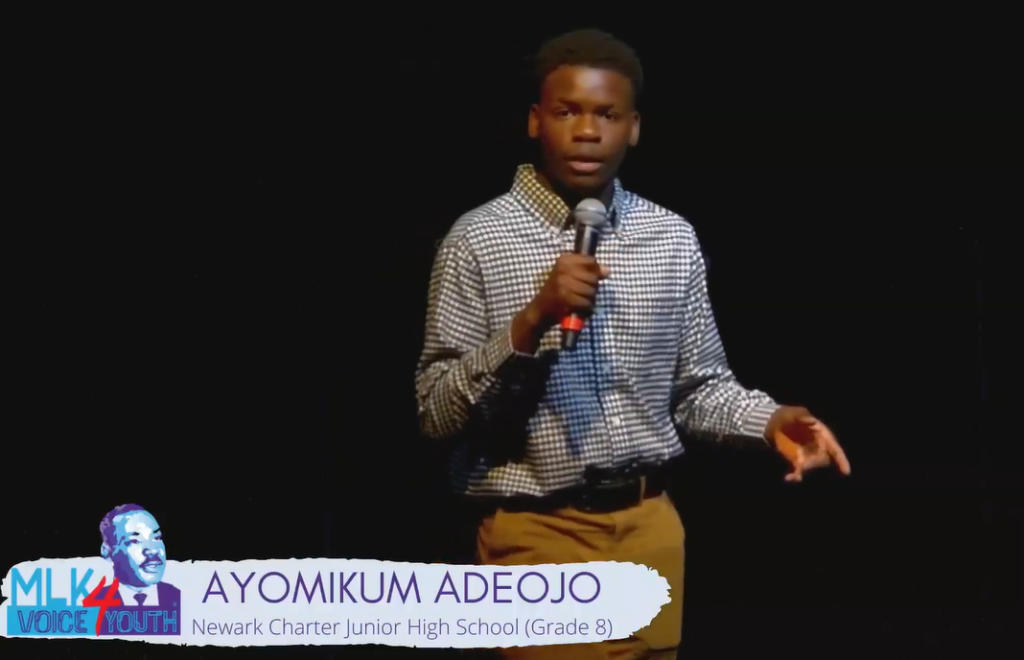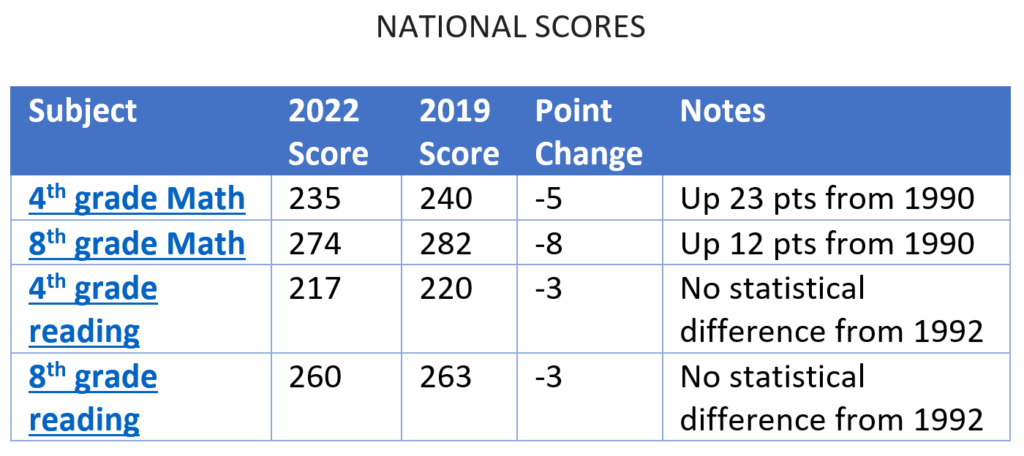School funding is complex and can be difficult to change, but change is coming. As the subject of a lawsuit settled in 2020, Delaware’s system is getting a closer look and more attention. Here are five reasons we think change to our education funding system is coming in the near future.
1. The agreements made in the lawsuit settlement by the Governor and his Administration are being met and exceeded. In response to the 2018 lawsuit– brought by Delawareans for Educational Opportunity, the NAACP, and the ACLU–that challenged the constitutionality of our current funding system, Governor Carney settled the case in 2020 and has exceeded his required commitment to additional funding for low-income and multilingual learner students each year by several million dollars. In his proposed FY24 budget, he recommended $53M for these students. In early learning, his proposed budget will double our state pre-k program and increase funding for special education pre-k for the first time in decades.
2. Legislators are showing interest. Last year’s General Assembly instituted a mid-year student count and allocated additional funding to supplement September 30 student count that determines school-year funding. This year, HB 33, lowers pre-K special education child-to-teacher ratios to align with K-three and four-12 grades as agreed upon by the lawsuit. During this past election cycle, funding and teacher compensation were hot topics on the campaign trail: six senators and four representatives included these in their campaign platforms.
3. Related policy areas are gaining significant momentum. The funding system supports policy goals in education, and a few that are gaining momentum are teacher pay, pre-k and multi-lingual learner funding. Last year’s SB 100 created the Public Education Compensation Committee to address a wide range of salary scale issues – and a year before their recommendations are due, the Governor has proposed a 9% increase in his budget. Pre-k will be increase for the first time since it was created in the 1990s; a coalition has been pushing for a broad expansion for several years. And, the Governor’s Advisory Council for English Learners recently released their final report and a coalition issued fact sheets, both requesting state investments in student supports and educators.
4. The Independent Assessment underway is required to make recommendations to improve outcomes for students, equity and efficiency. American Institutes of Research (AIR), a national research firm, was selected as the vendor for the independent funding assessment and they are conducting an analysis of the current system, comparison with other states, and developing recommendations with timelines. To supplement the data in the report, AIR will also be conducting educator panels to incorporate educator voice and to determine funding levels necessary to educate each student. In similar projects, AIR has recommended a student-based funding system with more resources to adequately fund special populations of students. The report is expected to be completed between November of 2023 and January of 2024.
5. Education system leaders and community-based advocates are coming together to advance the issue. The Vision Coalition is planning a series of information sessions featuring local and national speakers, to lay the groundwork for the funding assessment coming out at the end of this year. This group represents the broadest coalition of stakeholders: superintendents, charter schools, the
Delaware State Education Association, higher education institutions, the Department of Education, school boards, community-based organizations, faith community, and businesses. The Student Success 2025 plan, published by this group, recommends increasing funding system equity by factoring student needs into funding allocation and updating the system so that funding follows the student. They also recommend allocating more into flexible funds, allowing districts and schools to use funding to address their individual needs. In a 2018 report conducted by the group, there was consensus among Delawareans on a focus on how funding is spent—not just how much funding is spent; the importance of building on the strengths of the current system; and prioritizing equity, flexibility, stability, and transparency. Will we join other states like Tennessee and Maryland, that have made significant shifts in how and how much they support students and educators? As we get closer to the 2024 gubernatorial election, school funding action will be ready to go– with analysis and recommendations made public, advocates engaged, and stakeholders better aligned. The window of opportunity for greater equity and excellence is now, and Delaware will find its own unique way to learn from other states and build on the strengths of its current system. To learn more about Delaware’s funding system and to keep up on online and in-person events to engage, please visit the Vision Coalition site at https://visioncoalitionde.org/.





